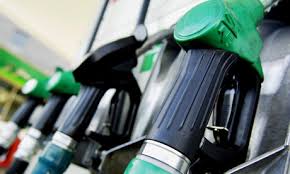 The ever increasing need to save fuel
The ever increasing need to save fuel
The rise in fuel prices coincides with one of the worst economic environments we have faced. Unemployment is rising and wages are being stretched by the increasing cost of living. Our dependence as a nation on the motor vehicle and the amount we all spend on petrol or diesel, makes fuel consumption a number one target for saving money.
1. The Cost of Filling Up
According to the Daily Mirror, the average yearly fuel bill of a two child family is £2445. Add that to the cost of maintenance: Tax, MOT, insurance, tyres and other repairs – and there has never been a more appropriate time to reduce fuel consumption.
 2. High Fuel Prices
2. High Fuel Prices
Petrol and diesel prices are at an all time high, with the AA reporting that the average price of fuel in the UK now at a staggering 133.7ppl (pence per litre) for petrol and 140.9ppl for diesel! 3. Inflation of Fuel Prices
Who remembers when fuel was below a £1 per litre? Well I can tell you that it wasn’t that long ago. For arguments sake, let’s just say 2 years ago: that’s inflation of 20.5% per year! There doesn’t seem to be much of a recession on the global oil markets!Consider then, that based on the current Retail Price Index (RPI), fuel has risen approximately 15% above inflation. Can there be a better reason to try and cut down?








